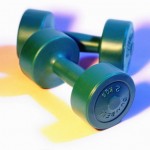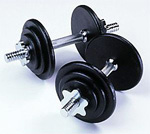 Question: How and what are the best ways we can increase self esteem in girls through activities? –Melissa in Colorado.
Question: How and what are the best ways we can increase self esteem in girls through activities? –Melissa in Colorado.
Answer: It has never been easy to be a teenage girl and experts widely agree that it is getting harder. Girls are expected to be slim, good looking, popular, friendly and polite – all the traditional girl things. They are also expected to be sporty, competitive and athletic – all the traditional boy things. On top of this everyone is supposed to be clever, striving for the best universities and careers. It is a tough ask and something has got to give.
All too often it is a girl’s self-esteem that gives.
We increasingly see girls with a very low feeling of self-worth, not only do they believe they are incompetent or unworthy but they exhibit emotions such as shame, despair and a lack of pride in themselves.
One of the most successful ways of increasing self-esteem is through activity.
Activity wakes up both brain and body meaning that a girl is better able to concentrate and participate in life. Activity enables a girl to appreciate her body, how it moves and the way it feels. Activity develops spatial awareness and a girl will feel proud of her body when she has worked on it.
Studies have also shown that active girls feel happier and more content with life and are better able to get on with other people.
If a girl is suffering from low self-esteem the activity session must be carefully designed.
By initially using activities that a girl feels capable of and is able to perform to a high standard we can build confidence. From here we can develop skills and add variety to the sessions. The sessions must be effective, with clear progression but they must also be fun.
Sessions that develop throwing, catching and movement skills can work very well with teenage girls and the use of an inflatable beach ball adds an element of fun. Skills such as Boxercise, hula-hooping and body-weight strength training allow a girl to see rapid improvements in skill, stamina and body shape which can be hugely beneficial for increasing self-esteem.
Maggie Ayre is the UKs Leading Fitness Coach for Teenage Girls. She has recently developed the 3G Program designed to be run in schools and youth clubs with the aim to get every teen girl active. She also offers Personal Training for Teenage Girls in person and via email, skype and video sessions. To learn more visit: www.maggieayre.com
 Subscribe
Subscribe




